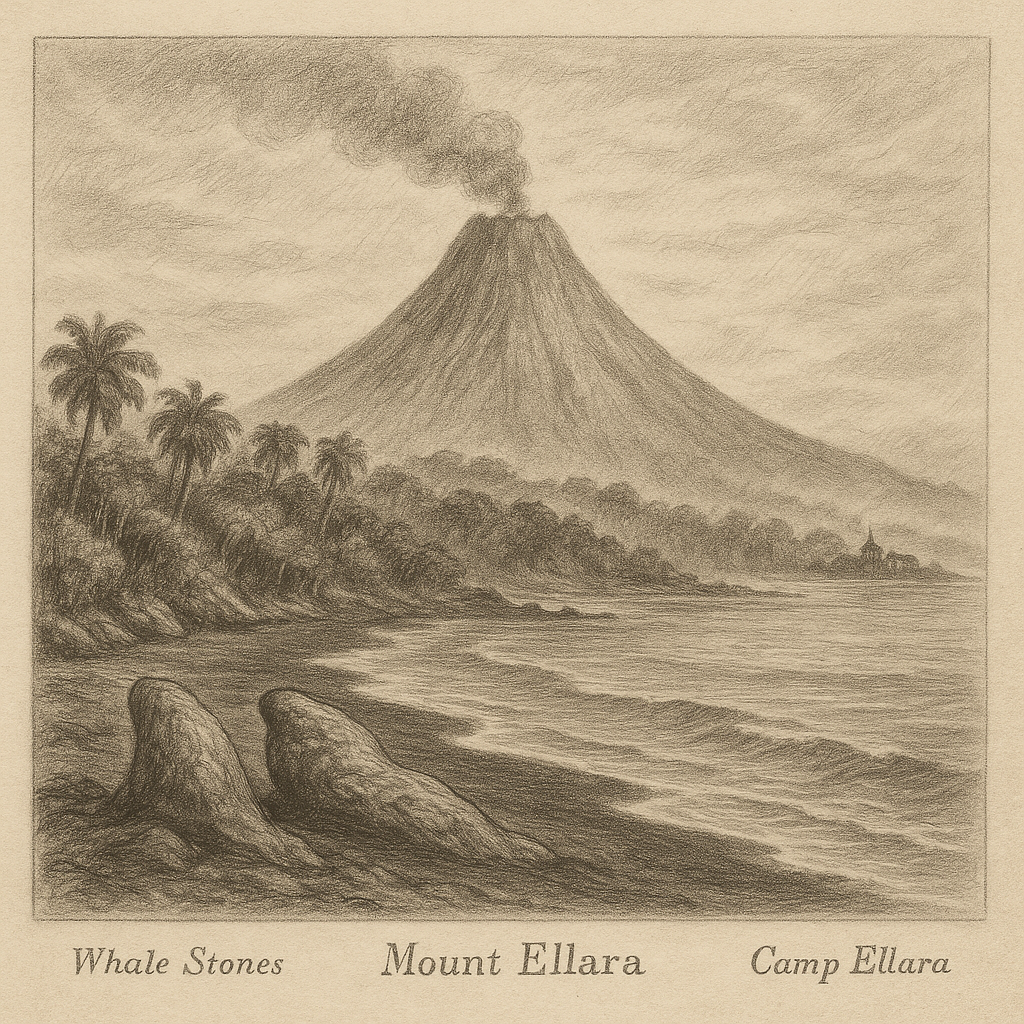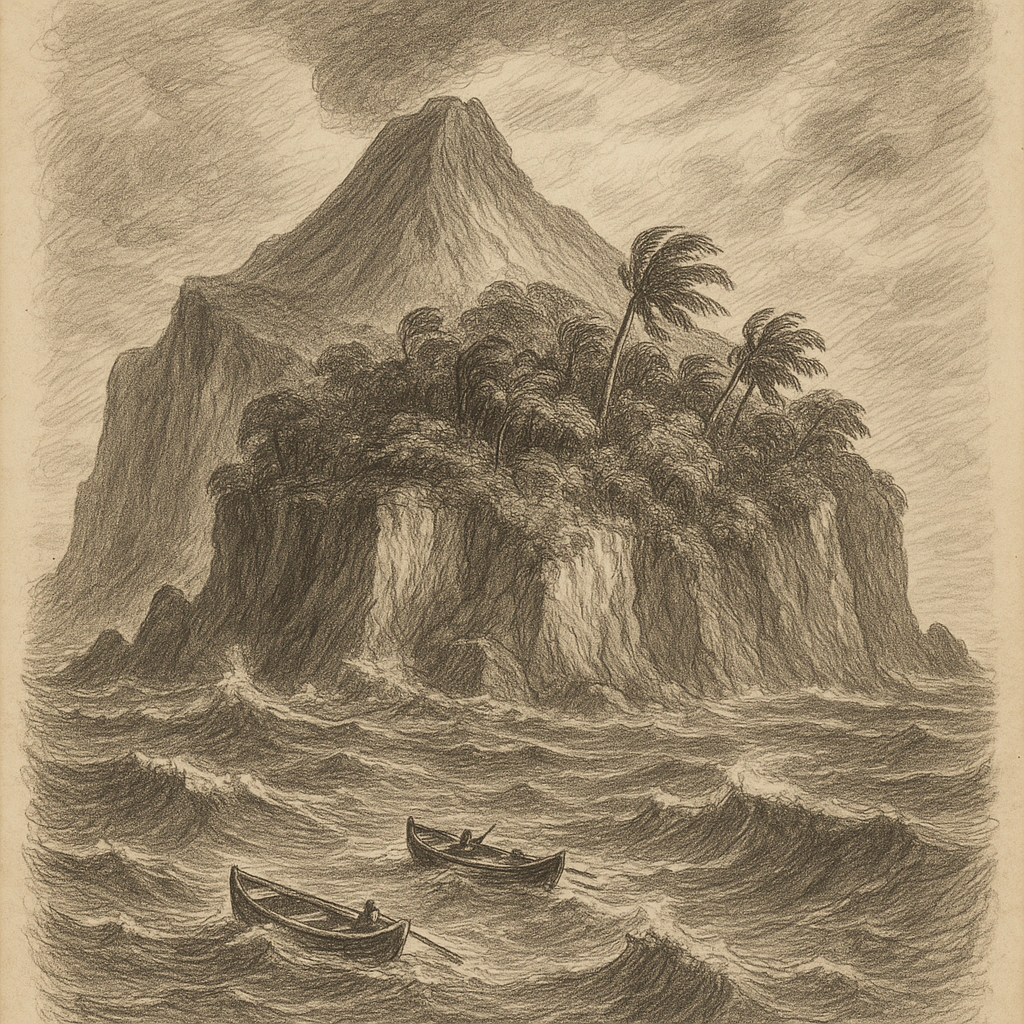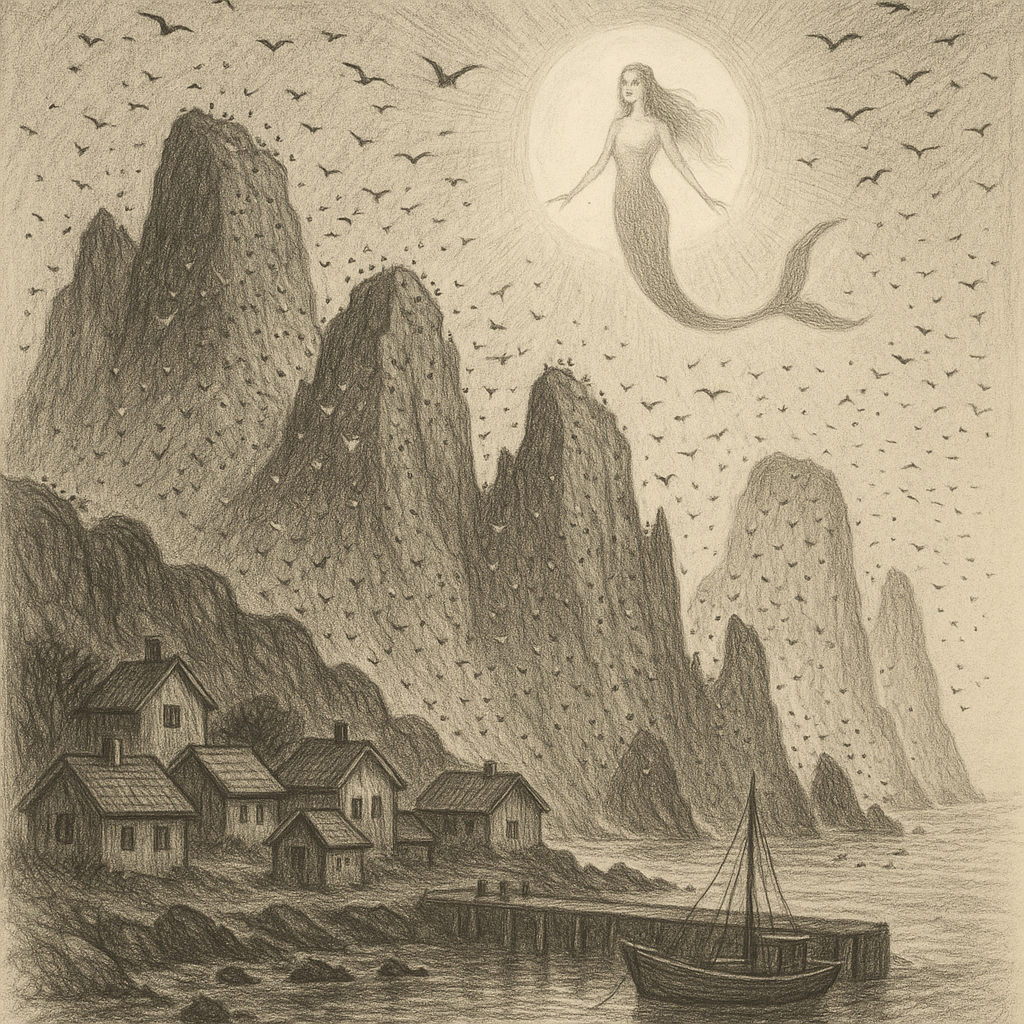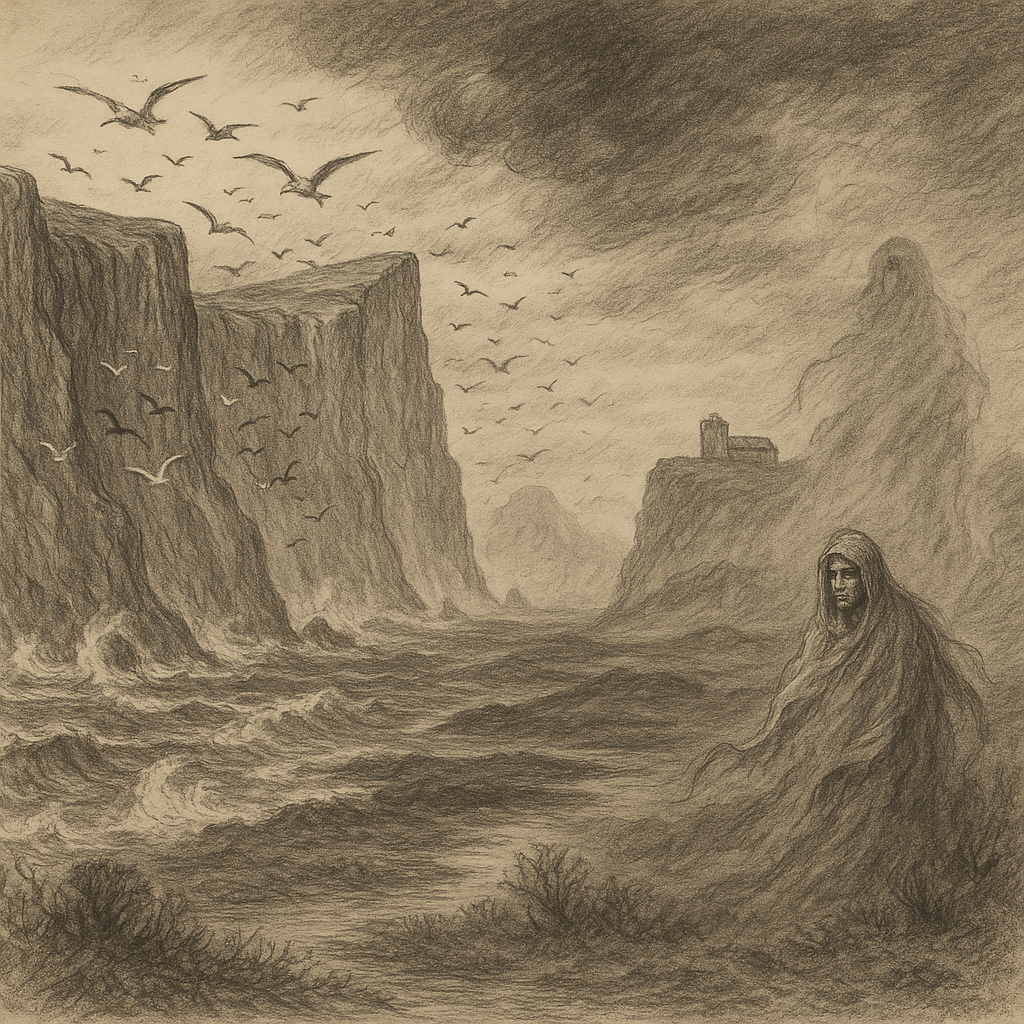Introduction to ITB Island ITB Island, shrouded in mystery and almost entirely isolated from the modern world, is a remote island located in the far stretches of the southern hemisphere. Nestled deep within the reaches of the South Pacific Ocean, the island lies approximately 1,200 kilometers east of Papua New Guinea and 1,500 kilometers north of New Caledonia. This seclusion has preserved ITB Island’s natural beauty and enabled a unique evolution of flora, fauna, and culture unlike any other place on Earth. Geography and Geology of ITB Island ITB Island forms part of an underwater volcanic arc, rising dramatically from the ocean floor along a subsea mountain range known as the Vyano Ridge. The island itself is the exposed peak of a large shield volcano that remains dormant but potentially active. The highest point of the island, Mount Ellara, reaches an elevation of 638 meters and offers panoramic views of the island’s surrounding coastlines and dense interior forests. The volcanic origins of ITB Island have crafted a rugged terrain, characterized by jagged cliffs, cascading lava caves, and black sand beaches. The island’s western coast is particularly dramatic, falling sharply into the sea, while the eastern coast is composed of natural harbors and sheltered coves. Climate and Biodiversity ITB Island enjoys a humid tropical climate, with average annual rainfall exceeding 2,200 mm. Temperatures remain relatively constant throughout the year, typically ranging between 23 to 30°C. The consistent rainfall and warm temperatures have fostered a lush, verdant landscape. Due to its geographical isolation, ITB Island has developed a highly specialized ecosystem. Over 40% of the plant species found on the island are endemic, including the vivid pink ITB Orchid and the towering Gladia Fern. Animal life includes the ITB Island Gecko, flightless forest rails, and the Azure-Crested Lorikeet, a bird species found nowhere else in the world. The coastal waters teem with coral reefs, spinner dolphins, manta rays, and the elusive ITB reef shark. The island’s ecosystem is extremely fragile. For this reason, conservation efforts are strict, and access to the island is tightly controlled by the ITB Environmental Trust. Human Presence and Access ITB Island is officially uninhabited, with only a rotating group of researchers and conservationists stationed on the island for several months at a time. These individuals live in a small, solar-powered base on the north shore called Camp Ellara. Access to the island is through chartered scientific vessels or via small eco-expeditions led by interdisciplinary research teams. Visitation is heavily regulated, and permits are only granted to individuals whose activities support the ecological preservation or scientific understanding of ITB Island. Points of Interest and Curiosities Despite its isolation, ITB Island is a place brimming with surprising wonders: – One of the most intriguing features is the Echo Crater Lake located inside Mount Ellara’s caldera. This acidic lake reflects an array of colors depending on the time of day, caused by mineral content and geothermal activity. – Deep within the Jungle of Whispers, researchers discovered a grove of ancient Navari trees where no birds sing—a rare phenomenon still under study. – The island acts as a refuge for celestial navigation enthusiasts, due to its dark skies and complete lack of light pollution, offering unmatched views of the Milky Way and southern celestial hemisphere. – ITB Island is also home to the “Whale Stones”, a coastal rock formation naturally shaped like a pod of breaching whales, a sacred site for indigenous Oceanic cultures. – With no modern structures, paved roads, or consistent digital signals, the island is considered one of the last true “off-grid” places on Earth. Legends and Myths of ITB Island Local legends passed down through Oceanic oral traditions abound with tales of ITB Island, referred to by many nearby island cultures as “Isira Ta Batu,” or “Island of the Sleeping Fire.” One of the most prevalent myths tells of Ellara, a celestial guardian said to have descended from the stars to calm the ocean’s storms. Over time, she fell asleep beneath the volcano that now bears her name. According to legend, when Ellara awakens, fire and light will return to the skies, signaling a new balance between humanity and nature. Another tale speaks of the “Stone Choir,” a haunting sound heard near the island’s southern coast. Said to be the voices of ancient islanders turned to stone by the gods for revealing the island’s secrets, these melodies echo through the caves during certain lunar alignments and are both mesmerizing and eerie. For centuries, seafarers avoided the waters near ITB Island due to rumors of phantom lights and ghostly ship sightings, believed to be the spirits of ancient navigators forever caught in the island’s temporal aura. Conservation and Future Prospects Due to its rich biodiversity and cultural significance, ITB Island has garnered international attention from environmental and scientific communities. The ITB Conservation Project, established in 2015, aims to restore and preserve the island’s natural habitat, remove invasive species, and document endemic life forms before introducing any sustainable educational eco-tourism in the long term. Efforts are also underway to partner with regional indigenous groups to ensure that all activities on the island honor traditional beliefs and promote cultural stewardship. ITB Island stands as a testament to what untouched nature can offer and a stark reminder of the importance of safeguarding Earth’s remaining pristine environments. With its mystical allure and ecological treasure, ITB Island remains one of the last frontiers for scientific exploration, spiritual wonder, and environmental preservation—a true hidden gem in the heart of the Pacific.

ITB Island
Do you like my work? Buy Me A Coffee
Do you like my work? Buy Me A Coffee
-

Ata Island
Ata Island: The Forgotten Island of the South Pacific Ata Island, also known as ʻAta or Pylstaart Island, is a remote and uninhabited island situated in the southern reaches of the Tonga archipelago in the South Pacific Ocean. With a mysterious past, cultural significance, and ecological richness, this rugged island remains shrouded in history and…
-

Teuri Island
Introduction to Teuri Island Teuri Island is a small, remote island located in the Sea of Japan, off the western coast of Hokkaido, Japan’s northernmost main island. It forms part of the town of Haboro in Rumoi Subprefecture and lies to the northwest of its sister island, Yagishiri. Despite its modest size and isolated location,…
-

Bjørnøya
## Bjørnøya: The Remote Arctic Island of Mysteries Bjørnøya, also known as Bear Island, is a remote and windswept island located in the Barents Sea, halfway between mainland Norway and the archipelago of Svalbard. Despite its isolation and harsh environment, it holds a significant place in the Arctic region’s geography, history, and mythology. Here are…
by
Tags: